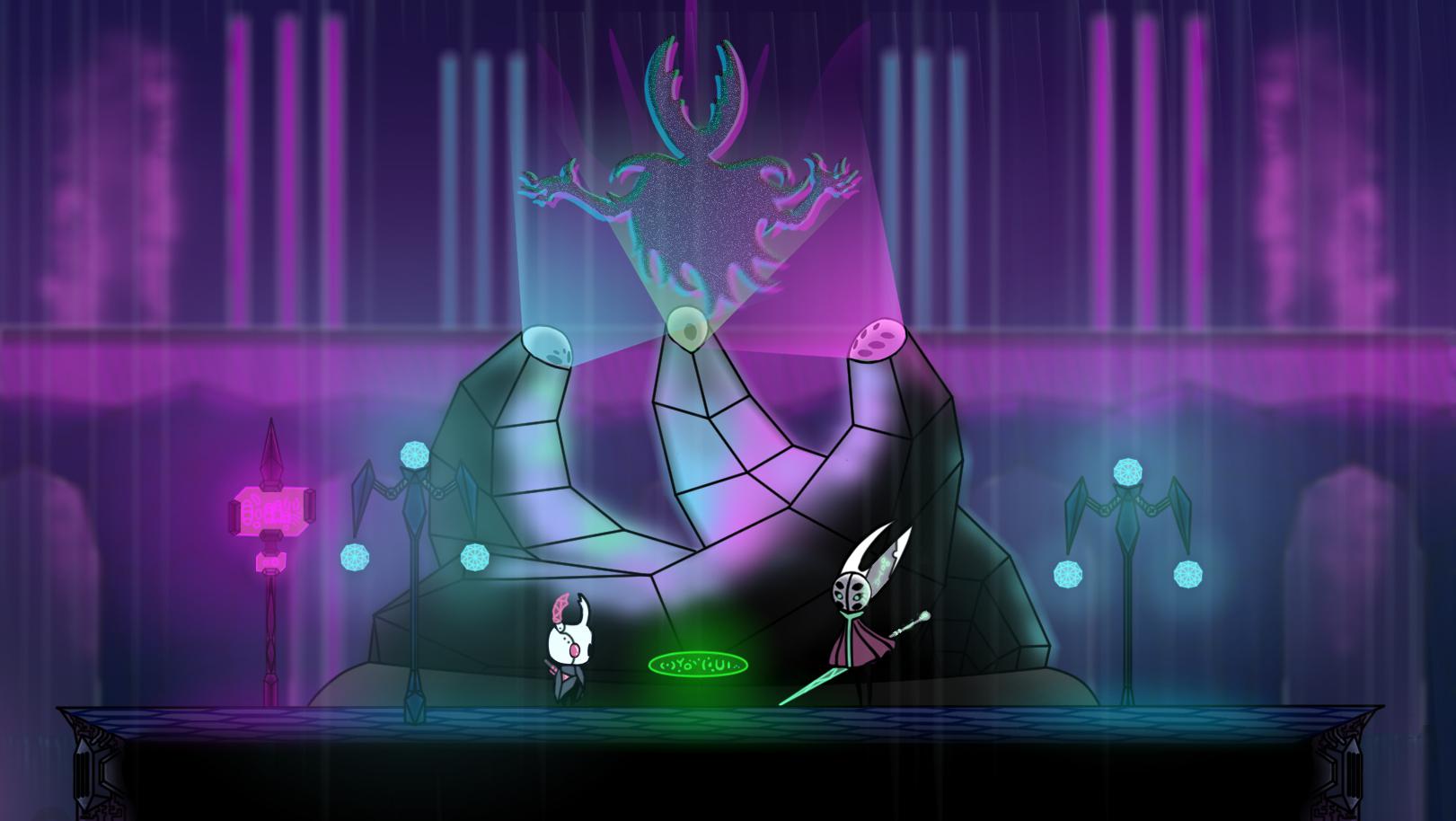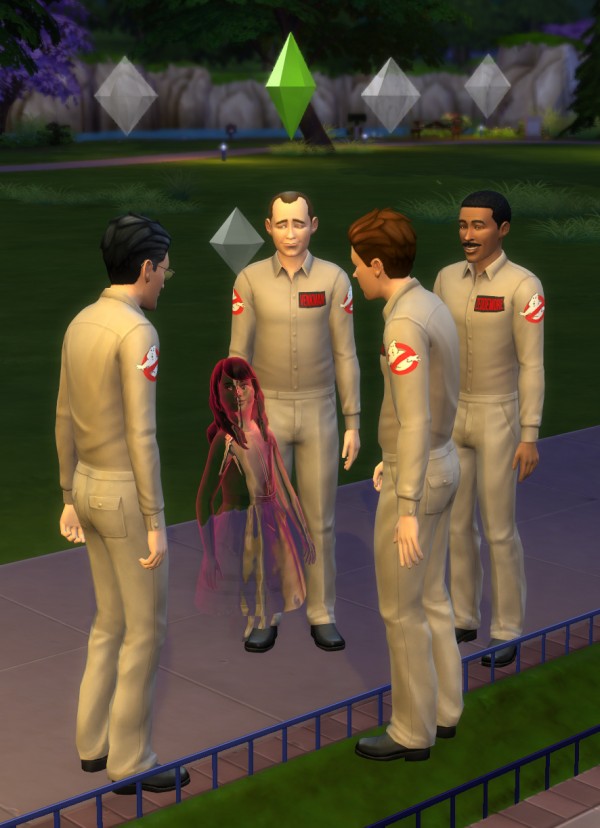


For the culture of art schools and their connection to the popular music scene of the 1960s, see S. Ewbank, Roger Daltrey: The Biography (London, 2012).Īt art school an American friend introduced Townshend to the more obscure sounds of American jazz and blues. To Townshend the tough working-class rock ‘n’ roller was symbolised by Roger Daltrey, the sheet metal-worker and tough Teddy Boy who became lead singer of the Who. Doggett, There’s a Riot Going on: Revolutionaries, Rock Stars and the Rise and Fall of the 60s Counter Culture (London, 2007).Īlong with John Lennon, Ray Davies and John Lydon, Townshend was one of the four most significant ‘organic intellectuals’ in the post-war popular music industry who through their work explored and critiqued aspects of English society. Marsh, Before I Get Old: The Story of the Who (London, 1985). There is also some useful information in the early chapters of D. Wilkerson, Who Are You: The Life of Pete Townshend: A Biography (London, 2009). Gialiano, Behind Blue Eyes: A Life of Pete Townshend (London, 1996) Hebdige, Subculture: The Meaning of Style (London, 1979, 2003), pp.
The who mods mod#
Gilroy, There Ain’t No Black in the Union Jack (London, 2002), chapter 5.įor the relationship between Mod and race, see D.

Peter Collinson’s Up the Junction (1967).įor the cultural politics of West Indian and African American popular music in England, see P.
The who mods mods#
Cohen, Folk Devils and Moral Panics: The Creation of the Mods and Rockers (London, 2010), pp. Feldman, We Are the Mods: A Transnational History of a Youth Subculture (New York, 2009). Fowler, Youth Culture in Modern Britain, c.1920–c.1970: From Ivory Tower to Global Movement - A New History (Basingstoke, 2008), chapter 7. This process is experimental and the keywords may be updated as the learning algorithm improves.įor a pithy discussion of Mod that draws on a limited range of sources, see D. These keywords were added by machine and not by the authors. 2 Townshend and the Mods present a particular image of England, where the relationship between white working- class youth, black America and West Indian migrants was indicative of a country that was becoming more cosmopolitan, affluent and multicultural, yet remained divided by social class. 1 This chapter examines Mods through the music of Pete Townshend and the Who. The historiography of Mod is extremely limited, but there is a significant non-academic literature that has created a mosaic of Mod lifestyles in London. The first Mods appeared in London in the late 1950s, and by 1964, they had become a national phenomenon with a distinctive identity based on fashion, music, mobility and attitude. They exhibited an air of sophistication, upward mobility and generational antagonism that to some symbolised broader economic and cultural changes. Mods are part of the iconic imagery of 1960s England.


 0 kommentar(er)
0 kommentar(er)
